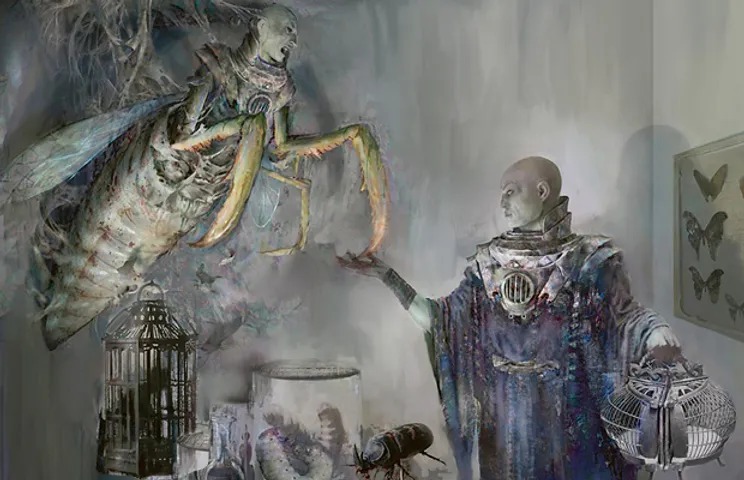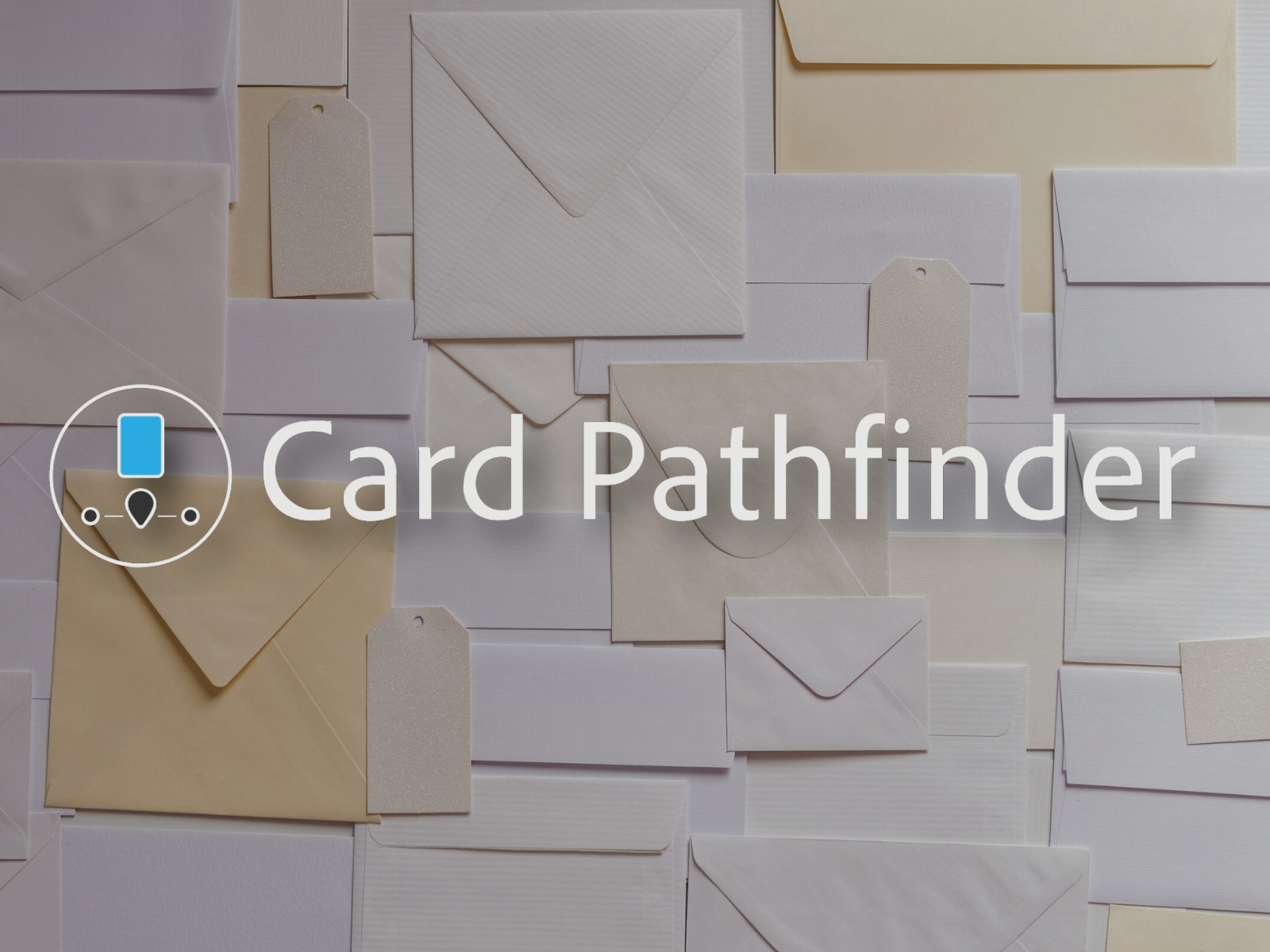Hey guys,
Welcome to part two of Bolt the Bird’s series on competitive deck building! Today’s topic is how to build a competitive tempo deck. If you missed the first article in the series, you can find it here: How to Build a Competitive MTG Deck Part One: Aggro.
This article uses a lot of examples from the current Standard card pool, but the principles discussed should apply across formats.
Tempo decks look to win the game by leveraging tempo more efficiently than their opponent. For a better understanding of the concept of tempo, I recommend checking out Reid Duke’s article on the subject.
Tempo decks are also commonly referred to as aggro-control decks. Aggro decks are mostly focused on aggression and killing the opponent, while control is all about disrupting the opponent and slowing them down. Tempo decks try to play both roles at the same time or switch roles as needed.
Reviewing the Basics of Tempo Decks
Tempo decks aren’t really looking to play a long, value-oriented game, so they don’t want to play Yorion. Therefore, you should always stick to 60 cards. Playing more than 60 hurts your consistency and the chances of drawing the cards you want.
Your deck should also have a clear plan. Tempo decks want to win the game by using cheap interaction to keep the opponent from executing their game plan while also utilizing undercosted threats to pressure the opponent’s life total. Tempo decks use this combination of pressure and disruption to win the game before the opponent can catch their footing or gain traction.
Your cards should all work together towards a goal and further your deck’s plan. Tempo decks want to use mana-efficient spells to control the game and turn the corner relatively quickly. You are not looking to cast slow value-based cards like Wedding Announcement or expensive bombs like Titan of Industry, for example.
Next, you need to ensure you have a solid mana base with enough mana sources of the correct color. Start by referencing Frank Karsten’s article on the subject.
You also need to have a solid mana curve. The bulk of a tempo deck’s cards should be cheap (one or two mana). The upper limit for a tempo deck’s curve tops out at three or four mana for Standard decks.
How to Build a Competitive MTG Tempo Deck
We’ve covered the basics, but what steps do you need to take to bring your tempo deck from basic to next-level? Here’s what you need to consider:
Mana
Tempo decks need to be able to dictate the pace of the game right from the start. Having your lands come into play tapped can have the disastrous consequence of giving your opponent the opportunity to take an early lead and sneak threats under your countermagic.
Tempo decks in Standard tend to stick to one or maybe two colors to ensure a fast and clean mana base. You should prioritize lands that come into play untapped. The pain lands, for example, are much more suitable for a tempo deck than slow lands.
Another thing to consider in regard to mana base is that tempo decks can often get away with playing a lower land count than many other decks. This is because they usually have a low curve and make use of card filtering cards like Consider. However, keep in mind this isn’t always the case.
Refining Your Plan
There are a couple of different approaches a tempo deck can take to win the game.
The more aggressive route is to get ahead quickly with cheap threats like Delver of Secrets and then use disruption and protection spells to stay ahead until the game is won.
The more controlling approach is to begin by disrupting the opponent’s early game and then turn the corner and close the game out very quickly with a strong finisher like Haughty Djinn.
Some tempo decks will devote themselves to one of these plans, while others will use a combination of the two.
Playing the Right Threats
Tempo decks are looking to play a very particular type of threat—not just any threat will do! Here’s what you want to look for:
1. Threats that also disrupt or protect
Tempo decks want to both disrupt and pressure the opponent. If you can find a threat that also disrupts your opponent (or protects your creatures), then you’ve killed two birds with one stone.
Frilled Mystic is a perfect example of what you are looking for. A counterspell stapled to a threat!
Siren Stormtamer can attack, but can also protect your other creatures.
Vendilion Clique is a threat that also provides hand disruption.
Merfolk Trickster is a creature that disrupts the opponent by tapping down an attacker or blocker as needed.
2. Flash threats
Threats with flash are very important for a tempo deck. They give you the option to hold up a counterspell or other disruption and only play your threats when it is safe to do so. A tempo deck is not interested in playing clunky threats that do not have flash. All of your threats must be cheap or have flash.
As discussed before, some decks might go all-in on early drops and some will commit to only finishers, while others will use a combination. As a rule of thumb:
Early drops must cost less than three mana OR have flash. For non-flash early drops, two mana cards can be acceptable in a pinch, but one mana threats like Delver of Secrets are ideal. This is because, ideally, you would like to be able to hold up counterspells as soon as you have access to two mana.
Finishers must cost less than four mana OR have flash. A typical three-mana finisher can’t be played until you hit four or five lands because you need to also be able to hold up interaction. Any non-flash finisher that costs more than three is simply too slow and clunky.
3. Undercosted threats
Tempo decks are all about mana efficiency. If you use your mana more efficiently than your opponent at every step of the game, you should be able to win handily.
One good way to do this is to do something like cast a 5/5 card for one mana. Cards like Tolarian Terror that are massively undercosted or can be cast for a large discount are right up Tempo’s alley.
4. Threats that produce mana or discount your other spells
Haughty Djinn is a very powerful card. One of the many reasons it is so powerful is its cost-reduction ability. You can cast Djinn when you have four lands out, and then hold up a two-mana counterspell to protect it due to the mana discount.
Goldpan Dragon is another good example. Goldpan costs five mana to cast, but a tempo deck is willing to play it because the dragon effectively only costs three to cast due to its treasure-making ability. You can cast Goldspan on five mana and still be able to hold up a two mana counterspell to protect it with because of the treasure.
5. Growing or cascading threats
Look for threats that get bigger or create more board presence for free (no mana investment).
Good examples would be Delver of Secrets, Brineborn Cutthroat, and Nightpack Ambusher.
6. Finishers
Most tempo decks tend to have some type of a “finisher” card that allows them to turn the corner and end the game quickly. This is typically a flying or evasive card with high power, such as Tempest Djinn, or a card that takes over the game like Nightpack Ambusher.
7. Threats with evasion
Tempo decks often feature creatures with unblockable or flying as a way to push through damage and end the game before it goes too long. A tempo card doesn’t necessarily have to have evasion to be good, but it certainly doesn’t hurt!
Interaction
Another thing that tempo decks need in order to be viable is access to good, cheap interaction. Mana efficiency is key!
It’s important to be able to do things at instant speed as much as possible. You need to be able to keep your options open and hold up interaction until it’s safe to cast a threat. Just as you should prioritize threats that either have flash or are cheap, you should highly prioritize instant speed interaction.
If it’s not instant, it needs to be cheap. Serum Visions out of older Izzet Murktide builds is a good example. Although it is a sorcery, it only costs one mana and does a lot to smooth out your future draws.
Tempo decks tend to play substantially more interaction than an aggro deck would, but the exact ratio of threats to interaction can vary quite a bit. Some tempo decks play just a handful of threats, while other tempo decks consist almost entirely of dual-purpose creatures. Finding the correct mix of threats and answers is important, but it all depends on what tools are available to you in your format.
You are typically looking to play the following types of interaction:
Counterspells like Spell Pierce, Make Disappear, and Essence Scatter.
Creature disruption or burn like Fading Hope or Lightning Bolt. Slip Out the Back can even be used offensively to phase out a blocker.
Protection spells like Shore Up.
Flexibility
Tempo decks need to be good at playing both offense and defense. Cards that offer flexibility or are good at playing both roles help tempo decks stay fluid and change gears as needed.
Cards like Merfolk Trickster can play either offense or defense by tapping down an attacker or blocker as needed.
Cards like Lightning Bolt can be offensive by removing a blocker or by going face. Then it can play defense by removing an opponent’s attacker.
A card like Drown in the Loch is powerful because of its versatility—it can be a counterspell or removal as needed.
Card Advantage
One of the disadvantages of playing cards like Fading Hope, for example, is that while they are a strong tempo play, they come at the cost of being card disadvantage. Tempo decks are often willing to sacrifice card advantage to gain a tempo advantage, but due to this, they are sometimes at risk of “running out of gas” before they can close out the game.
Another way a tempo deck can run out of gas is due to playing a low curve. The tempo deck can be at risk of emptying their hand quickly and running out of things to do.
As a way to mitigate these issues, most tempo decks will have some ways of filtering cards and generating card advantage.
Card like Consider can help ensure you draw into more gas by filtering cards and allowing a lower land count.
Cards like Curious Obsession tend to work well in tempo decks that run evasive creatures and protection spells by letting you draw cards while doing damage.
Cards like Thirst for Discovery provide card filtering and card advantage. Getting to immediately see three cards for three mana is what a tempo deck wants in this type of spell.
Your sources of card advantage should not be slow and require investment, they should be fast and efficient. Give me that gas now!
Consider the Meta
You need to be careful about falling into the trap of only considering your deck in a vacuum. If you want to be competitive, you need to ensure your deck will be well positioned.
First of all, you need to consider if your tempo deck is even worth building! How much support the tempo archetype receives in Standard varies from format to format. Tempo decks need to have access to the right kind of threats and interaction to be successful. It’s important to keep in mind there are times when competitive tempo decks are simply not supported by the available card pool.
Supposing you do have access to the necessary tools to build a tempo deck, you next need to consider how well-positioned tempo is in the meta at the moment. Tempo decks tend to be weak to aggro, so if aggro decks are seeing a lot of play, you may be better-served shelving tempo for the time being. When tempo decks tend to shine is when control, combo, or clunky expensive cards see a lot of play.
Priorities
When brewing, keep in mind that a tempo deck’s priorities are:
- Aggression
- Disruption
- Flexibility
- Card advantage
You want to build a deck that combines pressure and disruption while generating a bit of card advantage so you don’t run out of gas.
Whether disruption or aggression is your primary priority will vary from deck to deck. Either way, both of them should take precedence over card advantage.
Tempo decks tend to be strongest in the early and midgames. Tempo decks should be capable of grinding a bit of card advantage, but they typically don’t aim to generate the same late-game strength and card advantage that control and midrange decks do. The key for tempo decks is to end the game before running out of gas.
Applying These Principles
In his recent standard power rankings, Reid Duke listed Mono-Blue as the best tempo deck in Standard.
I think a good way to wrap up today’s article is to use the principles we’ve discussed above to take a look at why Mono-Blue is the best tempo deck in the format.
Mono-U is the best tempo deck because it plays the strongest tempo cards in Standard. It has the best undercosted threats to finish the game quickly, cheap interaction, and a bit of card selection/advantage.
Delver of Secrets is an iconic tempo card. It’s a cheap early drop that becomes bigger and gains evasion for free.
Haughty Djinn is an absolute house of a tempo card. High-powered, evasive, and discounts your spells all for three mana.
Tolarian Terror is a huge threat that can be played for as little as one mana. The ward also gives you an even further mana advantage if your opponent tries to interact with it. Let them pay the ward cost, then cast your Slip out the Back!
Consider is another tempo deck staple. Card filtering lets you find what you need and run fewer lands so you hit your gas.
Fading Hope is extremely mana-efficient creature interaction. The scry helps keep the gas flowing.
Impulse is another piece of solid card selection.
Make Disappear Tempo decks need to have access to a playable catch-all counterspell. Make Disappear is a solidly playable two-mana counter and a big part of the reason that Mono-Blue is competitive.
Shore Up and Slip out the Back provide a very mana-efficient way to protect your creatures.
Spell Pierce is a super mana-efficient counter for noncreature spells. Countering something expensive like an Invoke Despair with a Spell Pierce is an absolute blowout.
Thirst for Discovery is card advantage that lets you see three cards for three mana at instant speed. Just what tempo is looking for!
Conclusion
Tempo decks can be one of the most challenging deck types to build. That said, if you do manage to get it right, the archetype can be very competitive, as well as an absolute nightmare to play against.
If you practice your brewing skills and follow this guide, I’m confident you can build a great tempo deck. Thanks for reading, and happy brewing!


 Support us on
Support us on 
